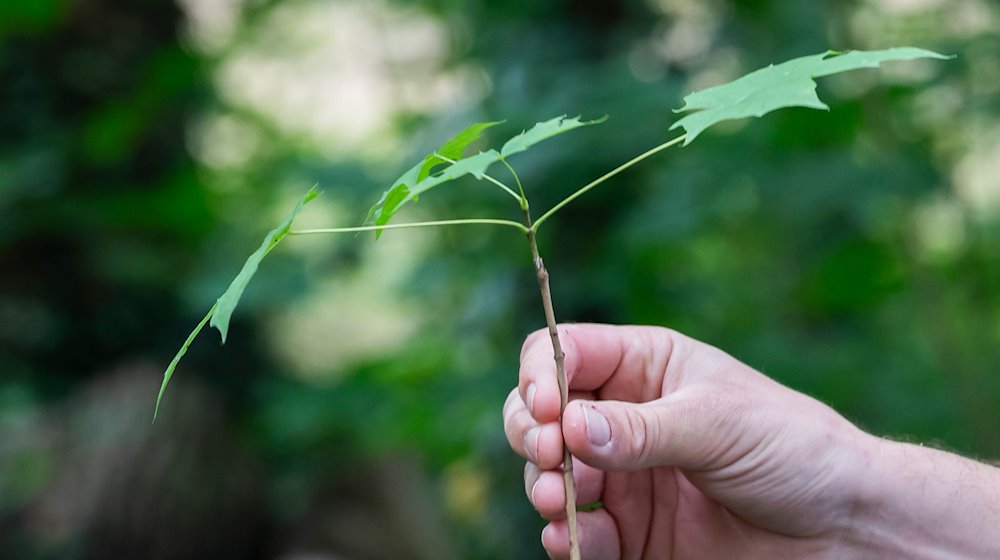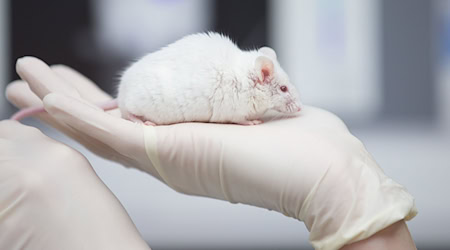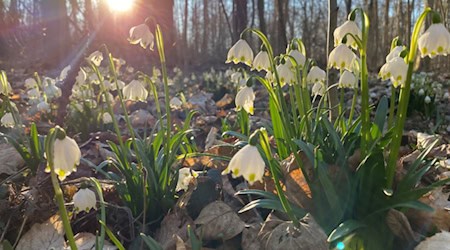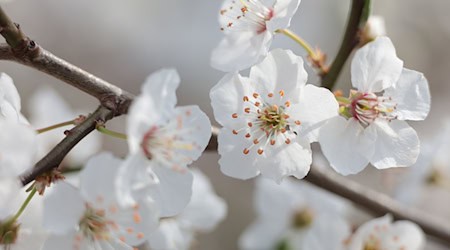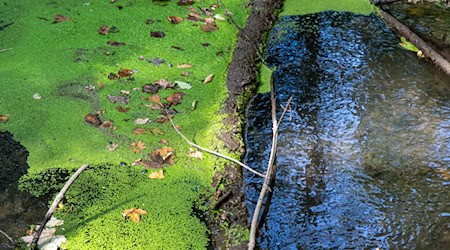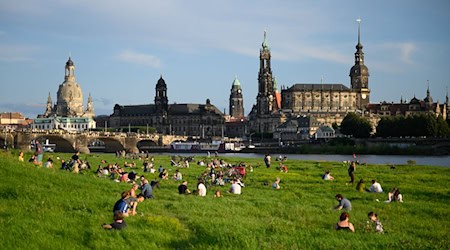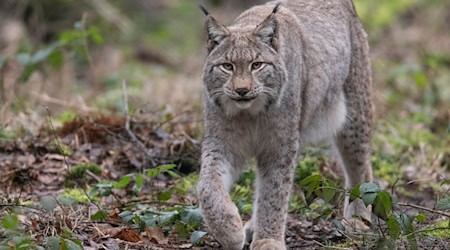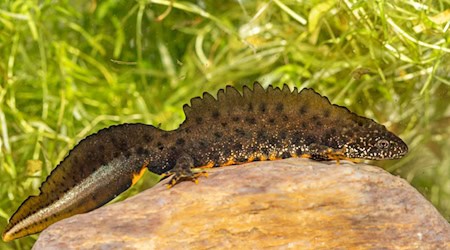The German Federation for the Environment and Nature Conservation (BUND) wants to better combine rainwater retention with species protection. For the "Biodiverse Sponge City Dresden" project, five model sites are to be created in the city area, BUND announced on Tuesday. "The interrelated crises of global warming and species extinction require 'joined-up' solutions", explained Daniel Blume, Vice President of BUND Dresden. Green spaces, planting, including on buildings, and retention areas could not only hold back precipitation, but also provide a habitat for numerous animal and plant species. "The more water can be stored and released with a delay, the more intensive and species-rich the local flora and fauna can develop."
Since the drought years of 2018 to 2020 at the latest, it has been clear that a different approach to precipitation is needed due to climate change - especially in heavily sealed cities. "Dresden must become a sponge city in which precipitation is collected, stored and infiltrated instead of running off into the sewage system via the asphalt." At the same time, it is important to react to the rapid loss of species. It is worth investing a little more time and money in measures from the outset and focusing on the functions and needs of plants and animals.
For green spaces and planting, the experts recommend a variety of native and other plants that should be adapted to the specific location and its use. Native species are important for local insect diversity. In very sunny locations, on the other hand, species from other regions are sometimes more robust. In the case of animals, the entire life cycle and food chains should be taken into account wherever possible. "It is important that we don't just offer the various animal species food in the form of selected plant species. They must find diverse, structurally rich habitats with nesting sites, resting places as well as drinking and bathing areas where they are protected from predators, artificial light sources and heat, emphasized Blume.
Bund would like to implement the "Biodiverse Sponge City" project together with partners. Specifically, it involves planting beds and greening facades using water from roofs. Species protection will include nesting boxes for birds and bats, piles of dead wood for insects and small animals and plants especially for moths.
Copyright 2024, dpa (www.dpa.de). All rights reserved

